Google RankBrain Algorithm & Its SEO Implications
Site Audit Issues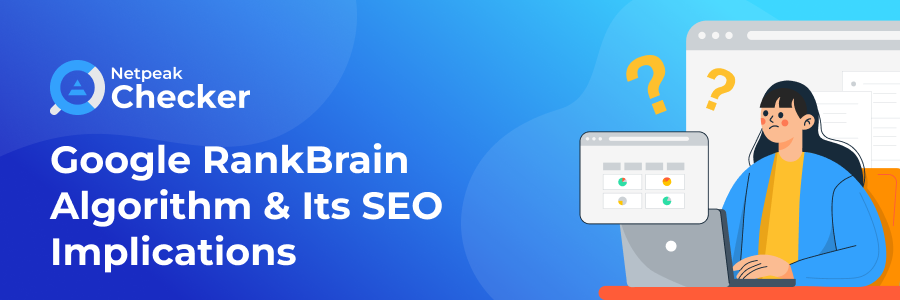
Content:
- Google RankBrain Explained
- How does Google RankBrain work?
- RankBrain & SEO
- How to Optimize for RankBrain?
- Improve Rankings with Google RankBrain
- How to Conduct a Website Audit With Netpeak Spider?
- Conclusion
Gone are the days when it was enough to roll out a blog post, stuff it with keywords, and call it a day. Google algorithms have gone so much further, being able to define the user search intent and analyze if the content has satisfied it.
Before 2015, Google showed users a wide range of content that matched their keywords. However, such content was too general and not relevant to the context. That’s when Google RankBrain came into play.
Google RankBrain Explained
So, what is RankBrain? Introduced in 2015, Google RankBrain is an AI model that uses machine learning and NLP to understand when and why users search for a certain term. Google RankBrain understands search queries better and observes how people interact with the content. It does it by analyzing the following user experience signals:
- Organic click-through rate
- Dwell time
- Bounce rate
- Pogo-sticking
If a page has satisfied the user's intent, Google boosts the rankings of that page and shows it to a larger number of people with the same search intent.
Hummingbird Update vs. RankBrain Update
Google is regularly launching and refreshing new updates to improve search results and keep them relevant. Hummingbird Google update is the predecessor of the RankBrain Google update that was implemented in 2013. The Hummingbird algorithm has changed the way Google understands search queries and search intent.
But what is the difference between the Hummingbird update and RankBrain definition?
The main purpose of Humminbird was to handle search queries the algorithm had never seen before. Hummingbird covers a lot of factors; it’s not just an update but an entire rebuild of Google's core engine, when RankBrain is an algorithm that uses machine learning and artificial intelligence to understand language context.
In simple words, Rankbrain is a thinking part that analyzes a number of search queries and user experience signals to build a connection between the search term and what’s user is expecting to get after typing it into the search bar.
If RankBrain meaning is a thinking part (a brain), the Hummingbird is a memory. Think of it as a database that reads the queries and builds them into a single entity base.
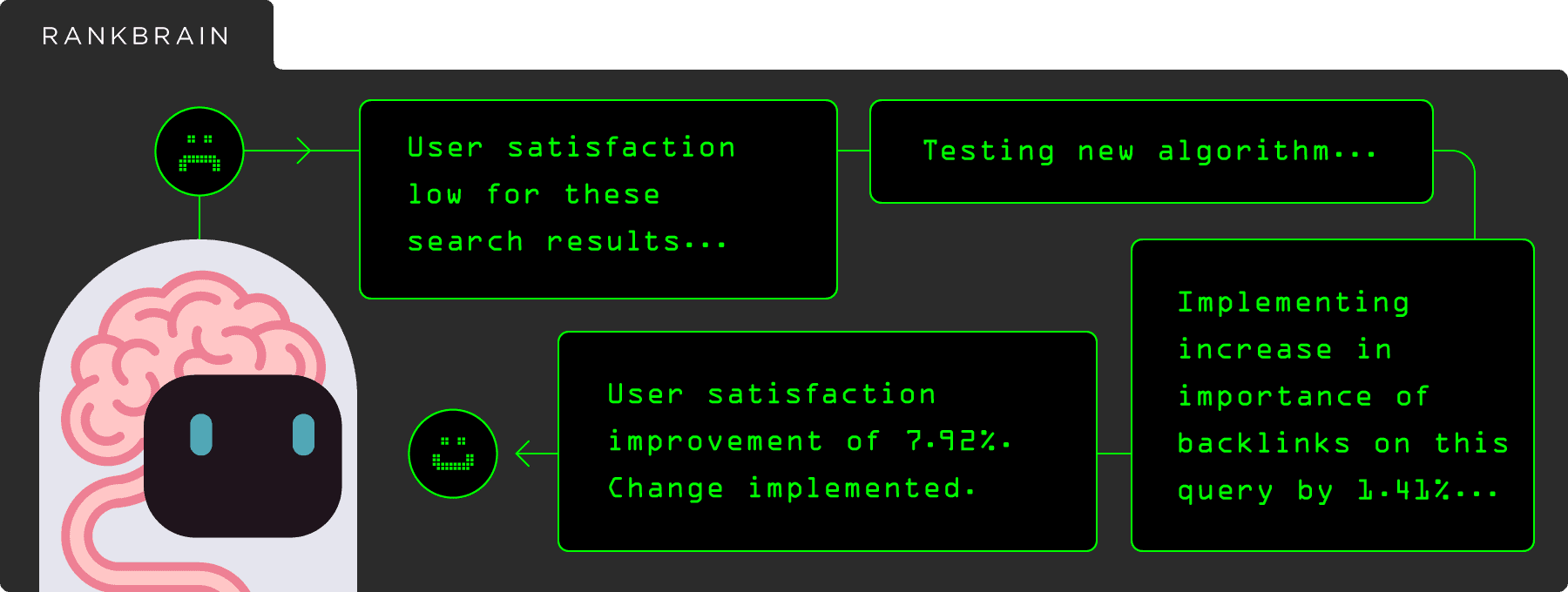
With the help of RankBrain in conjunction with Hummingbird, Google understands the world as a collection of things and not strings (it means that Google isn’t reading literal characters but understands what entity they represent).
History and Evolution of Google RankBrain: Understanding the RankBrain Algorithm Update
How to track RankBrain Google updates? First of all, it’s important to mention that Google algorithms consist of instruction sequences that work together to provide users with relevant search results. With the release of Google RankBrain, Google’s algorithm was changed. With it, even if the search engine can’t recognize phrases or words the search query consists of, it still shows pages that match its topic.
For example, you searched for “Disney girl with long hair.” Before RankBrain, Google would look for pages that contained the terms “girl,” “disney,” “hair,” and “long.” Now, Google has learned the context to understand that you are looking for “Rapunzel.”

Why did Google Introduce RankBrain?
Until 2015, people often used keywords Google had not seen before. There was no context for them or any analytics to determine if the results met the user search intent.
Thanks to RankBrain, Google analyzes different UX signals to remember which pages people found helpful (or unhelpful) in the past for similar queries. In such a way, it learns the concept that stands behind the keyword phrase.
How does Google RankBrain work?
Of course, Google will never reveal how exactly RankBrain works, however, here is the general idea. As we have already mentioned, with its help, Google “thinks” in terms of entities. Google finds queries with the same entities (even if the words used are different), and if these entities are united with the same meaning, search engines results are similar or drawn from the same shortlist of URLs.
When a user types an unknown search query, RankBrain uses the word vectors to provide users with results that match their intent. Google analyzes user behavior on different pages and how people interact with them and refines its search matches accordingly.
What Signals does RankBrain Consider?
As we have already mentioned, RankBrain analyzes how people interact with the content. It does it by analyzing the following user experience signals:
- Organic click-through rate
- Dwell time
- Bounce rate
- Pogo-sticking
Let’s review them in more detail, as tracking RankBrain Google updates is much easier if you know what to optimize your content for.
- Organic CTR
Organic click-through rate (also known as “Organic CTR”) is the percentage of searchers that click on a search engine result. Organic CTR depends mostly on ranking position but is also influenced by a result's title tag, description, URL, and presence of Rich Snippets.
- Dwell Time
Dwell time is the amount of time users spend on a page from the search results before returning to the search engine results page (SERP).
- Bounce Rate
Bounce Rate is the percentage of people that land on a page and leave. If your bounce rate is high, it may mean that your content is not relevant to your website’s audience or your website’s user experience needs improvement. However, it’s not always the case. Sometimes, users can quickly find the information they need and leave the website or bookmark it.
- Pogo-sticking
Pogo-sticking is an SEO term used to describe a situation when a searcher quickly navigates back and forth between pages in search results.
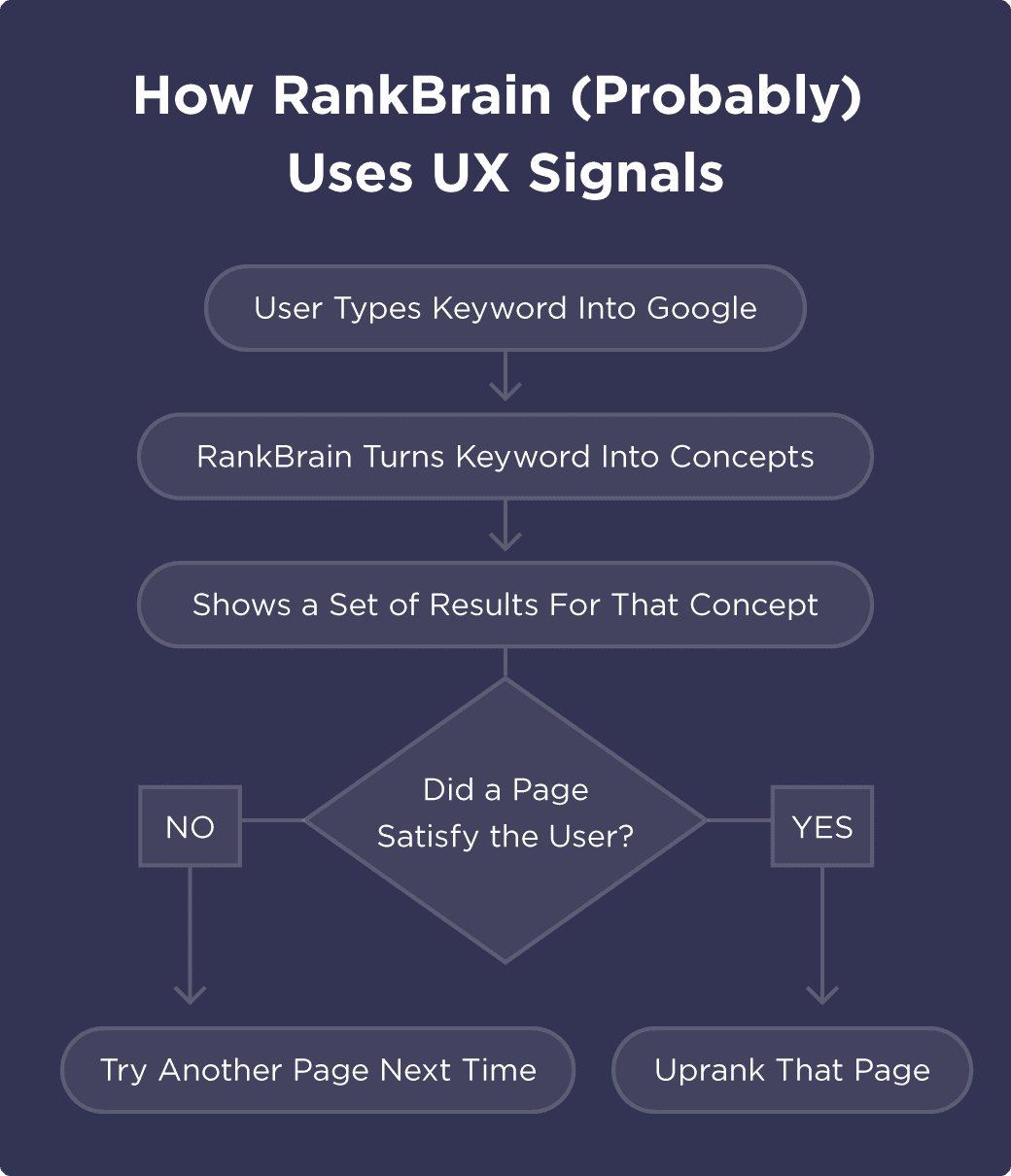
RankBrain & SEO
Now, let’s see how to optimize your website for RankBrain and improve its rankings.
You can’t optimize your website for RankBrain; however, you can optimize it for your users and make the content on your website informative, detailed, and written in natural language to optimize for RankBrain neural matching.
How Important is Rankbrain Algorithm?
RankBrain is an effective machine learning algorithm that has changed the way search engines work. In order to optimize for RankBrain, you just need to align with modern SEO best practices, which is to create authoritative and trustworthy content that meets user needs.
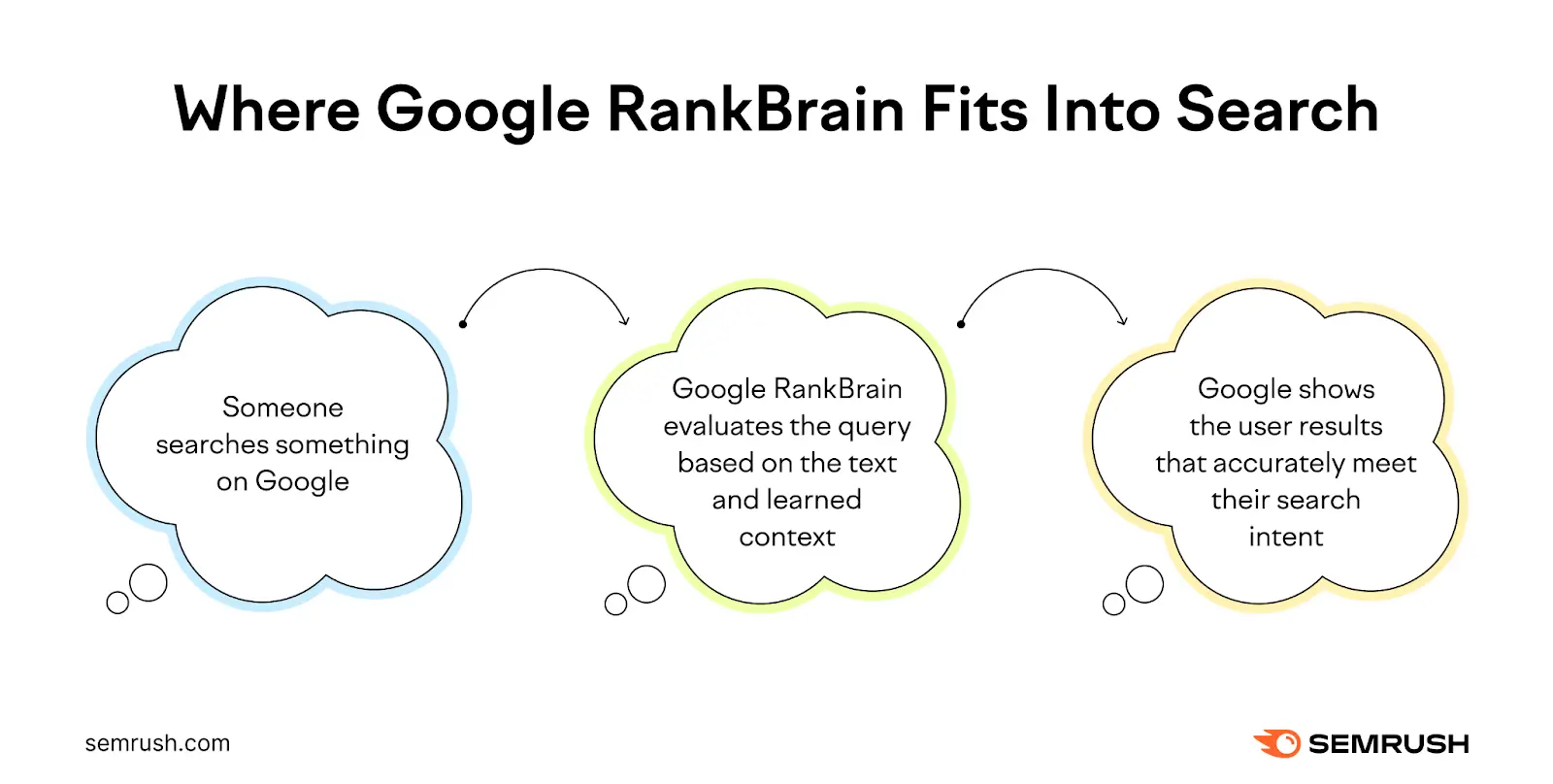
Remember one important thing: Google no longer focuses on backlinks, keyword density, or a specific SEO metric. Its core metric is user experience. Google rolls out algorithm updates every day; however, the main idea stays the same — make your content meet user needs. That’s the recipe for effective SEO optimization.
How to Optimize for RankBrain?
Here are some tips you may implement in your content strategy to optimize your website for RankBrain by Google.
Don’t focus on keyword quantity. Focus on content quality
This is a golden rule to remember. When you stuff your content with keywords that do not fit in and look unnatural, this leads to user frustration. As you already know, Google uses different UX signals to evaluate your content, so if your content looks robotic and not authentic, Google won’t love it.
Understand user intent
There are four different types of user intent:
- Navigational intent. Users are looking for a specific website or page. For example, someone might type “Facebook log in” to find our login page.
- Informational intent. Users want to get more information on some topic. A query like “What is SEO optimization?” belongs to information intent.
- Commercial intent. Users are researching information before making a purchase like searching “best CRM systems” to compare different options on the market.
- Transactional intent. Users want to buy something. “Buy Nike shoes” is a transactional query.
Your content may be valuable and useful, but if it doesn't relate to the user intent, Google won’t give it high rankings. To understand the user intent behind a certain keyword, you can analyze the top results in Google for that keyword.
Create topic pillars and clusters
A pillar page is a comprehensive resource on a broad topic, a detailed guide that covers different aspects related to the topic. A topic cluster is a group of related pages that cover different aspects of one central topic.
The pillar page links out to pages within that cluster, and the cluster pieces link back to each other and the pillar. It helps Google understand what your website is about and proves you are an expert in your field.
Improve Rankings with Google RankBrain
It’s important to keep your fingers on the pulse and stay tuned for the latest Google algorithms and updates. In such a way, your content will always be up to date and relevant, which is the most important factor for search engine optimization nowadays.
Remember, you can’t fool Google anymore. If you create content for the sake of creating content, having no goal in mind, sooner or later, your efforts will be in vain.
How to Conduct a Website Audit With Netpeak Spider?
Keeping your website content clean and organized is one of the pillars of SEO optimization. With Netpeak Spider, get spot-on crawling results for any target website in a few minutes.
SEO audit
With our SEO audit you can easily access the latest data of your projects and run an express analysis of the optimization quality. You’ll get results in a convenient PDF format, quickly, with in-depth result visualization via diagrams and charts.
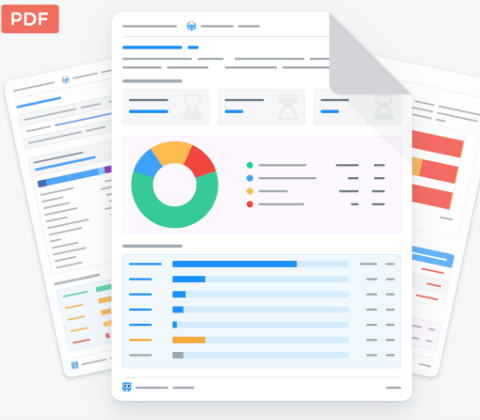
Complex website structure check-up
With Netpeak Spider, you will get statistics on the URL's number and percentage at each level. You can also filter the table by a particular website area for further analysis.
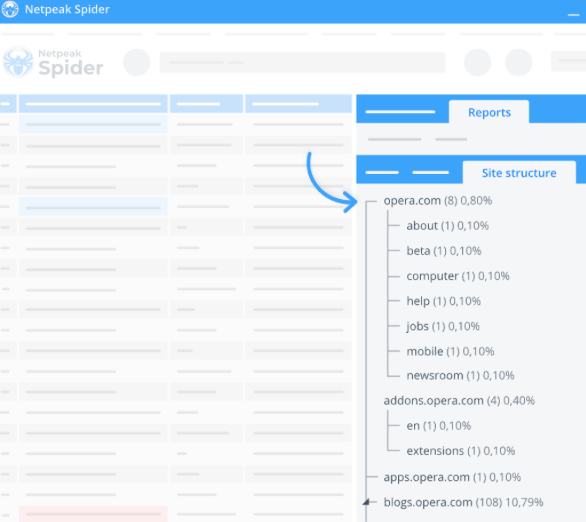
Integration with Google Analytics
By integrating Netpeak Spider with Google Analytics, you will get helpful insights on traffic, goals, conversions, and eCommerce metrics of your website.
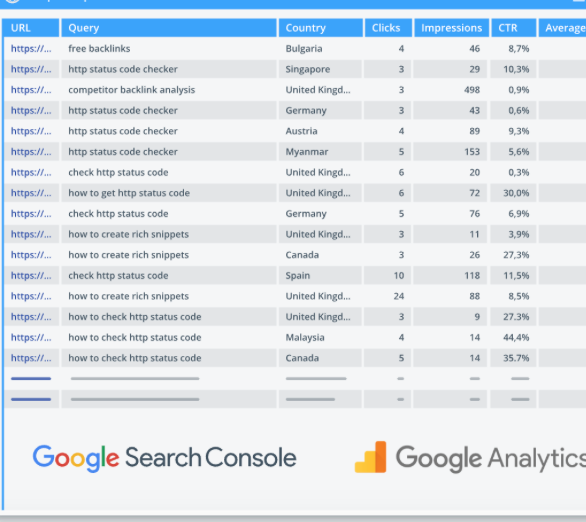
Conclusion
Now you know that to win SEO this year, you need to create original, authoritative, and valuable content that meets user search intent. There is no need to adjust to each algorithm Google rolls out if you know the core message behind them. And this message is the following: create for people, not for search engines.



.png)
